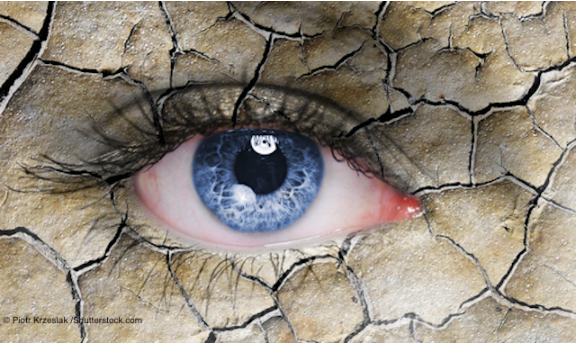Article
Brimonidine therapy well tolerated for treatment of dry eye disease
Author(s):
Phase II proof-of-concept study indicates efficacy signals at day 28 and day 84

Reviewed by Parag A. Majmudar, MD
A preservative-free nanoemulsion formulation containing brimonidine tartrate 0.2% (BRI) (OCU310, Ocugen) may be a potential treatment for the relief of signs and symptoms of dry eye disease (DED), according to Parag A. Majmudar, MD. A phase II proof-ofconcept study has shown BRI may be a safe, well-tolerated, and effective alternative to existing dry eye therapy.1
Study results
The results showed tolerability scores were high and similar across treatment groups and study visits, said Dr. Majmudar, who is in private practice, and associate professor of ophthalmology, Rush University, Chicago. There was no statistically significant difference in tolerability between each treatment group and the placebo group at the day 84 visit, which met the pre-specified primary endpoint.
The study was not powered to determine efficacy, but it did demonstrate efficacy signals for BRI, both with and without loteprednol etabonate ophthalmic solution 0.2% (LOT), across several exploratory efficacy endpoints.
For both the monotherapy and combination therapy groups there was a statistically significant reduction in ocular discomfort (as measured by the SANDE score), as early as the day 28 visit, and there were strong reductions in lissamine green staining of the conjunctiva and cornea (LGSCC). These results were consistent with the mechanism of action of brimonidine.
There were few adverse events (AEs) in the study, and they were split evenly across the treatment groups. For all three arms the AEs were mild, and consistent with product labels for active, placebo, and preservative (BAK). IOP measurements remained within normal range for all subjects in all treatment groups.
Phase III studies
The study also determined the formulation, duration, and endpoints for phase III studies. Because no appreciable difference in efficacy was observed between the monotherapy and combination therapy groups, there is no benefit to including LOT or other topical steroids in the BRI formulation to be used in phase III studies. The study findings support further investigation into BRI monotherapy for the relief of signs and symptoms of DED. The phase III studies will be performed using: > A preservative-free, steroid-free nanoemulsion formulation containing BRI (0.2%) > Primary endpoints to include SANDE (for symptoms) and LGSCC (for signs) > Day 28 as the primary efficacy assessment visit.
Disclosures:
Parag A. Majmudar, MD
E: pamajmudar@chicagocornea.com
This article was adapted from a poster presentation at the 2018 meeting of the American Academy of Ophthalmology. Dr. Majmudar was an investigator in the Ocugen-sponsored phase II proof-of-concept study and is a paid consultant for Ocuge
References:
1. Jorgensen D, Zangler N, Majmudar P. A phase II randomized, placebo-controlled, double-masked, proof-of-concept study of brimonidine (BRI) eye drops for the treatment of dry eye disease (DED). Poster presented at: American Academy of Ophthalmology Annual Meeting; 2018 Oct 27–30; Chicago, IL
Newsletter
Don’t miss out—get Ophthalmology Times updates on the latest clinical advancements and expert interviews, straight to your inbox.




